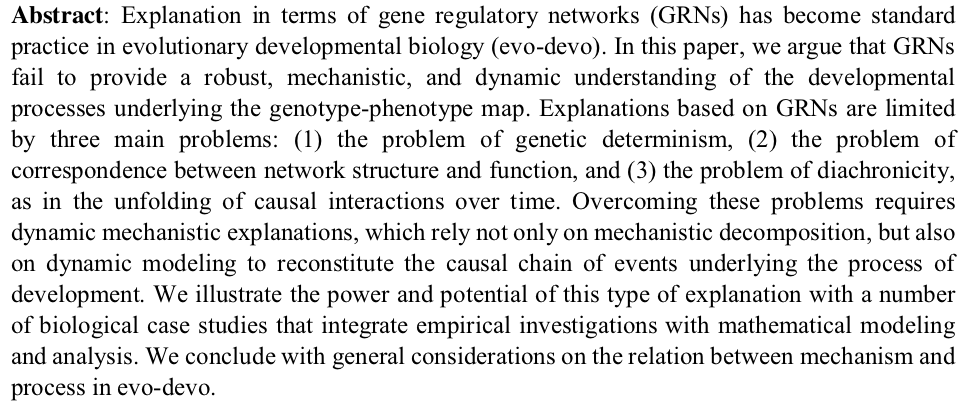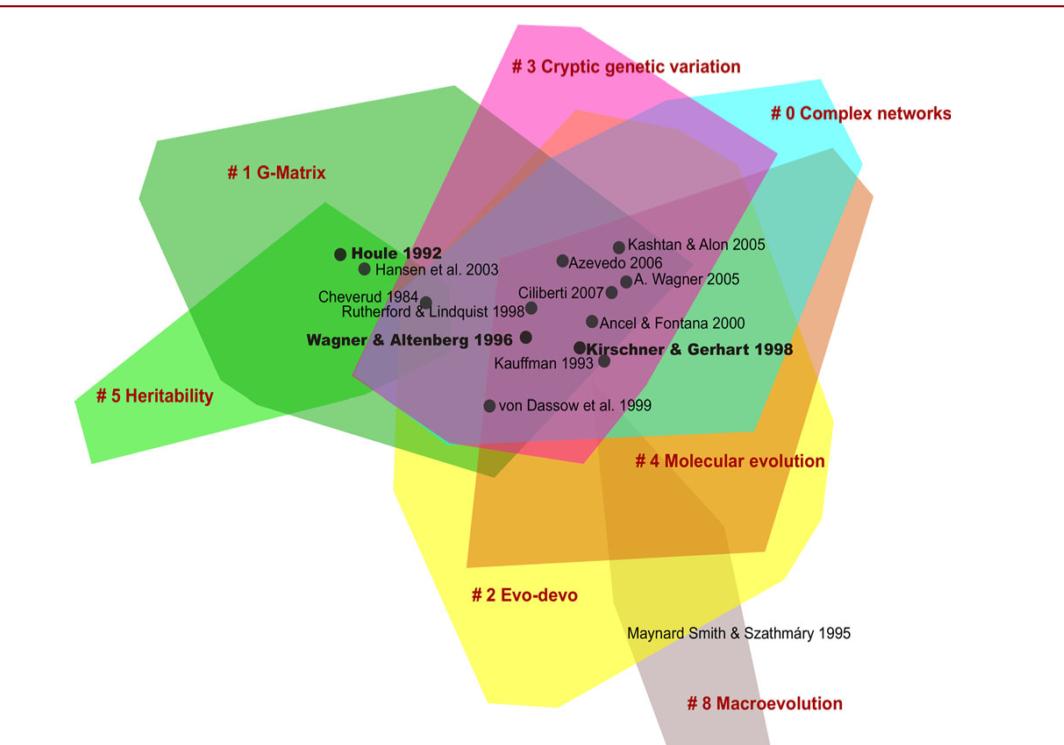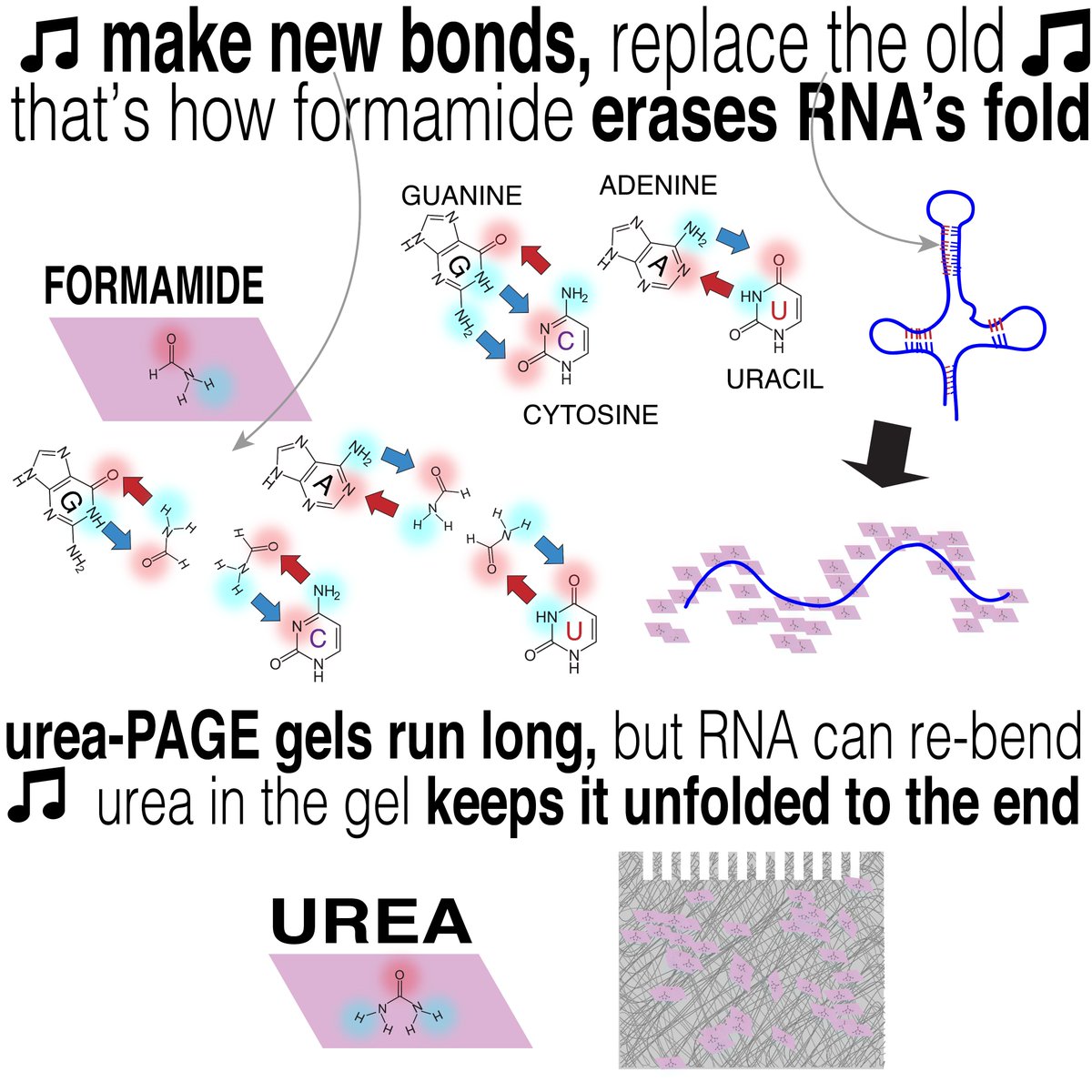researchgate.net/publication/33…
link.springer.com/article/10.100…
#philsci #evodevo

(1) the problem of genetic determinism,
(2) the problem of correspondence,
(3) the problem of diachronicity.
/4

Keep Current with Yogi Jaeger
This Thread may be Removed Anytime!
Twitter may remove this content at anytime, convert it as a PDF, save and print for later use!

1) Follow Thread Reader App on Twitter so you can easily mention us!
2) Go to a Twitter thread (series of Tweets by the same owner) and mention us with a keyword "unroll"
@threadreaderapp unroll
You can practice here first or read more on our help page!








